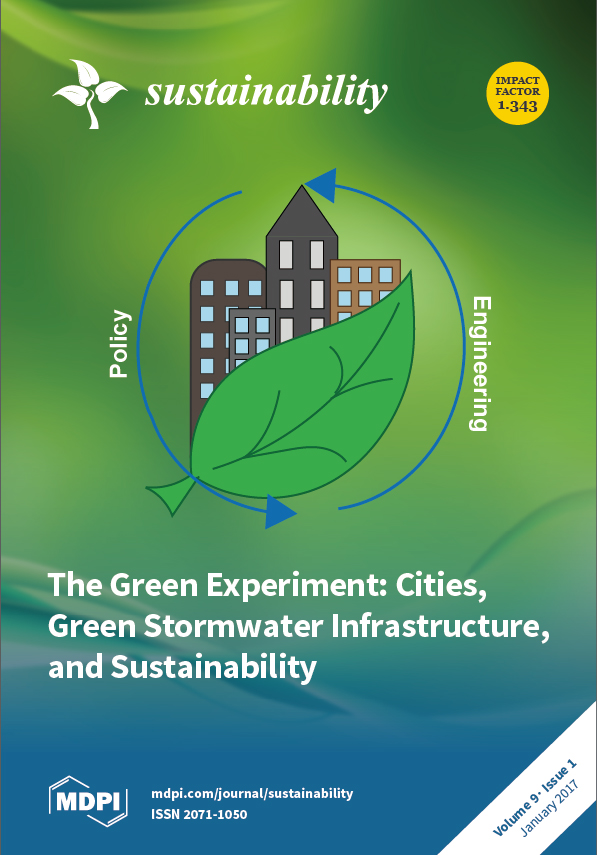Open AccessArticle
On the Relationship between Holocene Geomorphic Evolution of Rivers and Prehistoric Settlements Distribution in the Songshan Mountain Region of China
by
Peng Lu 1,2,*, Duowen Mo 3, Hui Wang 4, Ruixia Yang 1,2,5, Yan Tian 1, Panpan Chen 1, Rosa Lasaponara 1,6 and Nicola Masini 1,7
1
Institute of Geography, Henan Academy of Sciences, Zhengzhou 450052, China
2
Zhengzhou Base, International Center on Space Technologies for Natural and Cultural Heritage under the Auspices of UNESCO, Zhengzhou 450052, China
3
College of Urban and Environmental Sciences, Peking University, Beijing 100871, China
4
The Institute of Archaeology, Chinese Academy of Social Sciences, Beijing 100710, China
5
Key Laboratory of Digital Earth Science, Institute of Remote Sensing and Digital Earth, Chinese Academy of Sciences, Beijing 100094, China
6
Institute of Methodologies for Environmental Analysis, National Research Council C.da Santa Loja, 85050 Tito Scalo (PZ), Italy
7
Institute for Archaeological and Architectural Heritage, National Research Council C.da Santa Loja, 85050 Tito Scalo (PZ), Italy
Cited by 14 | Viewed by 6367
Abstract
This paper deals with the study of Holocene geomorphic evolution of rivers around Songshan Mountain in relation to human frequentation in Prehistoric periods. The investigations were performed by means of an integration of GIS data processing; field surveys and particle size analysis. In
[...] Read more.
This paper deals with the study of Holocene geomorphic evolution of rivers around Songshan Mountain in relation to human frequentation in Prehistoric periods. The investigations were performed by means of an integration of GIS data processing; field surveys and particle size analysis. In 8000–3000 aBP; in the Songshan Mountain Region, large-scale river sedimentation occurred. This increased the elevation of river beds that were higher than today. After 3000 aBP; the upper reaches of the rivers experienced a down cut; while the lower reaches experienced continuing sedimentation. The data on the elevation of prehistoric settlements above the river levels were obtained from Digital Elevation Models (DEMs). These data were corrected according to the evolutionary features of fluvial landforms in order to obtain synchronous elevations above river levels of prehistoric settlements. The relationship between sediment distribution and the Holocene geomorphic evolution was investigated through the statistical analysis of the elevation above the river levels. Outputs from our analyses enabled us to differentiate three evolutionary stages. During the first one, related to Peiligang culture (9000–7500 aBP), populations mainly settled on both hilly relief and high plateaus depending on their agriculture production modes. During the second stage, from Yangshao (7500–5000 aBP) to the Longshan period (5000–4000 aBP), settlements were mainly distributed on mountainous areas and hilly lands to avoid flooding and to develop agriculture. Finally, during the Xiashang culture (4000–3000 aBP), a large number of settlements migrated to the plain area to facilitate trade of goods and cultural exchanges.
Full article
►▼
Show Figures





